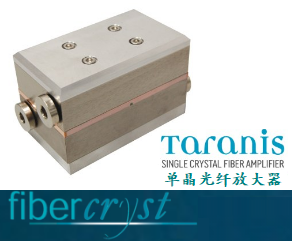公司简介
德国PicoQuant公司成立于1996年,以先进的单光子计数和时间分辨荧光光谱仪器而著称于世。涉足时间分辨光谱学和单分子检测仪器方面已经有很长的历史了,在这个领域一直做得很成功。全球一千多台工作系统中都可以找到该公司的皮秒级二极管激光和光子技术电子装置的应用。
产品列表
Photon Counting and Timing
PicoQuant's wide range of products for photon counting includes several high-end modules for time-correlated single photon counting (TCSPC) and event timing, single photon sensitive detectors and specialized analysis software for the evaluation of (time-resolved) fluorescence measurements.

TCSPC and Time Tagging Electronics
PicoQuant offers several modules for Time-Correlated Single Photon Counting (TCSPC), Multi-Channel Scaling (MCS), coincidence correlations, or event timing with temporal resolutions between picoseconds and milliseconds. Single channel as well as multichannel versions with either USB or PCIe interface can be provided. Their high quality and reliability are expressed by a unique 5-year limited warranty.

Photon Counting Detectors
The available photon counting detectors include photomultiplier tubes (PMT), Hybrid photomultiplier tubes and Single Photon Avalanche Diodes (SPAD). The detectors cover different spectral ranges between the UV and the NIR and are optimized for time-resolved applications.

Software
PicoQuant offers specialized software for the analysis of fluorescence measurements. This includes multiexponential fluorescence decay fitting as well as special methods like FLIM and FLIM-FRET, FCS, FCCS, FLCS, anisotropy and the analysis of fluorescence time traces.

Accessories
Accessories for photon counting experiments include a router for the PicoHarp 300 TCSPC module, a specialized dual channel power supply for SPADs, a signal delayer with picosecond resolution and a trigger diode. Signal conditioners (inverter, attenuator, pre-amplifier or splitter) as well as signal cables can also be provided.

Quantum Random Number Generator
The Quantum Random Number Generator (QRNG) is based on the quantum randomness of photon arrival times. It offers substantially higher bit rates than previous solutions available to the public, which has become possible by exploiting most recent photon timing instrumentation and state-of-the-art data processing in hardware.
应用领域







